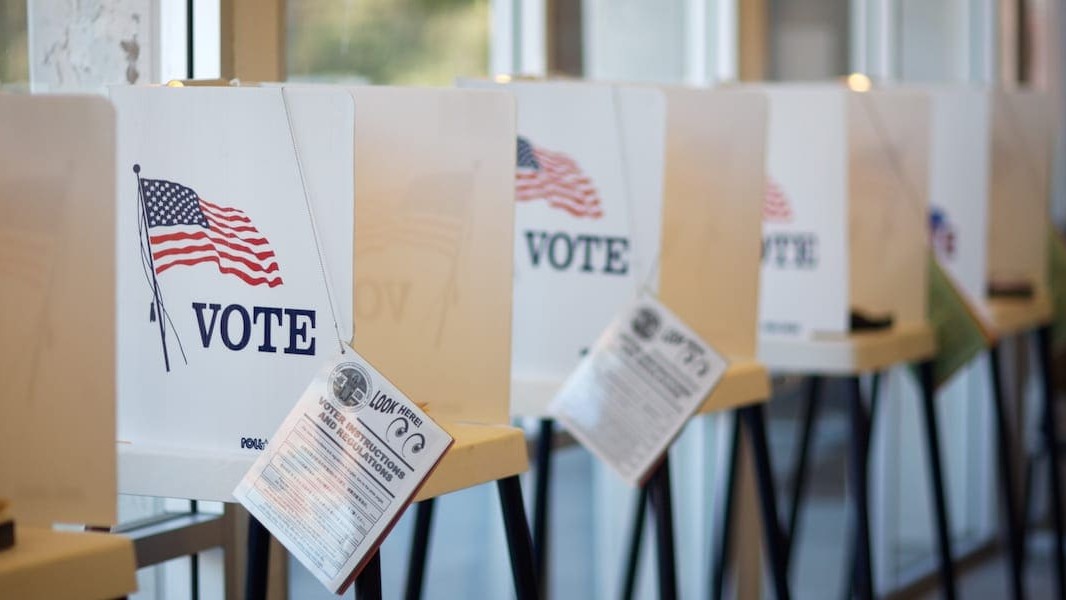Generation Z has arrived.
While everyone from marketers to late-night comics have been busy trying to figure out the habits and tastes of Millennials, the next generation of Americans has swooped in and captured the nation’s attention.
Utilizing social media and technology, high school students across the country have organized massive marches and sparked discussions around social issues that previous movements were unable to. Regardless of your political stance, there’s no denying that the generation following Millennials, the so-called Generation Z, has made their presence known.
Generation Z, like many generations, is loosely defined, in this case roughly beginning with people born beginning in the year 2000. This was the first generation that will grow up with ubiquitous personal technology. Millennials have always known the Internet, but high school students today have always known the iPod.
The question on everyone’s minds is how the current youth movement will play out in the upcoming midterm and possibly 2020 presidential election. What they’ve accomplished so far has been impressive, to say the least, but will it translate into shifting demographics?
We took a look at the data for south Denver to see how today’s high school students may impact tomorrow’s political landscape in the region.
Denver is young: What that means and why it matters
According to the Colorado Division of Local Government, as of 2017 people aged 15-29 make up 21% of the Denver Metro’s population. Compared to the national average among metro areas, Denver is slightly younger in terms of median age, clocking in at 37 compared to 37.7 nationwide.
Denver is so attractive to young people, Forbes even put the Mile High City on its list of the 15 best cities in the country for young adults.
What does this mean for party affiliation and voting trends in the region? We already know from the 2016 election that urban dwellers lean towards the Democratic party, and the assumption would be that younger generations lean that way as well.
But it turns out that today’s youth are fiercely independent — literally. As of 2016, a national survey found that 41% of those aged 18-35 identify as independents, compared to 34% Democrat and 22% Republican, according to the Pew Research Center.
The youth movement is united behind some common causes, but this data shows that they probably aren’t going to vote for a candidate solely based on party. Generation Z is more likely to vote on issues. However, those issues may tend to fall along Democratic party lines, as issues like social justice and climate change top Gen Z’s list of concerns.
The takeaway? The Denver Metro area leans young, and while social issues and climate change are big issues they will vote for, that doesn’t necessarily mean a clear lead for Democrats in the region.
Youth voter makeup in south Denver
Let’s take a look at some more granular numbers to see how the youth movement might shake out in Denver’s south region.
Arapahoe county is the third-most populous in Colorado, and includes Littleton, Centennial, part of Aurora and extends out to small towns like Deer Trail.
It’s important to note that in Colorado voters can register to vote as young as 16, as long as they will be 18 by the next election. With that in mind, since the 2016 election, registered voters in the 16-25 age range have risen by about 14.5% in Arapahoe county, according to data listed by the Secretary of State’s office.
Along party lines, voters in that age range registered as Democrat grew by over 20%, while the Republicans among that same group grew by a more modest 6.5%.
What it all means for Denver South
Suggested Reading:
This data includes the most up-to-date voter registration statistics available, but it’s still too early to draw any parallels between the youth movement and the increase in registered voters among this youngest tracked voting demographic.
According to Headcount, a non-partisan organization, they registered around 4,800 new voters at the recent March for Our Lives events nationwide. But they didn’t provide age information, and it’s impossible to tell at this point what impact that had in the south Denver region, if any.
It’s more likely that these numbers are indicative of a trend that was already gaining momentum. We may look back in a year or two and find a clear correlation to the movement that’s happening now, or it may turn out that Generation Z is simply more politically engaged than earlier generations, whether due to the issues they view as important, living in a more connected world with 24/7 media available or reasons that we won’t identify for decades to come.
While young voters may say they identify as independent, they are currently registering as Democrats in larger numbers than Republican or other designations in the south Denver region.
There is some counterbalance to this trend: As you move south into Douglas County and into more rural areas, young Republican voters outnumber Democrats by nearly 2 to 1. Still, the overall trend among registered voters 16-25 in the south Denver area leans Democrat.
But that doesn’t mean they’ll always vote that way. Remember, it’s the issues that matter to these voters, more than party. Just as technology has enabled them to create their own identities in a way no other generation could, it’s empowered Generation Z to make their own decisions on politics and social issues. The candidates that key in on social justice and climate change issues stand to see the biggest boost from this group, regardless of party affiliation.
While young registered voters are growing, those in the 41-60 age range still represent the largest voting base in the Denver Metro region. But just as headlines across the country have shown so far in 2018, that’s unlikely to stop Generation Z from making their voices heard and having an impact.
And as we’ve seen with the viral movement so far, they’ll do it their own way.

